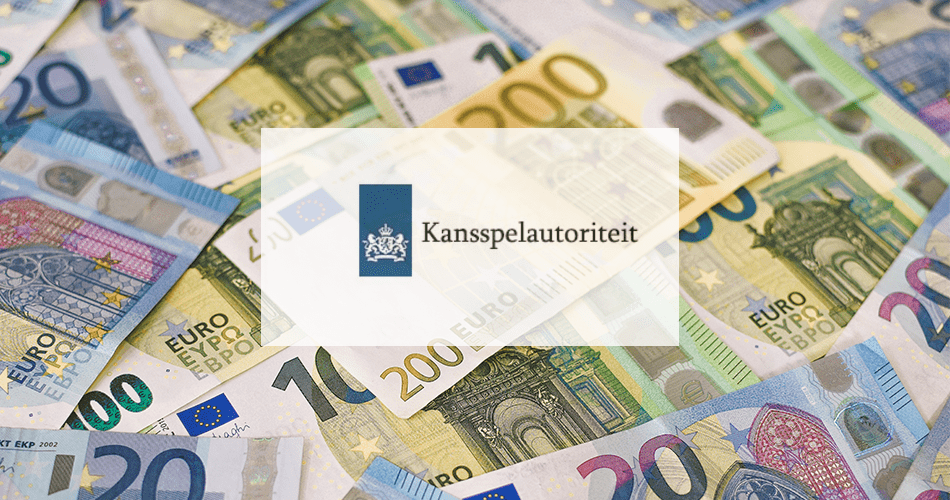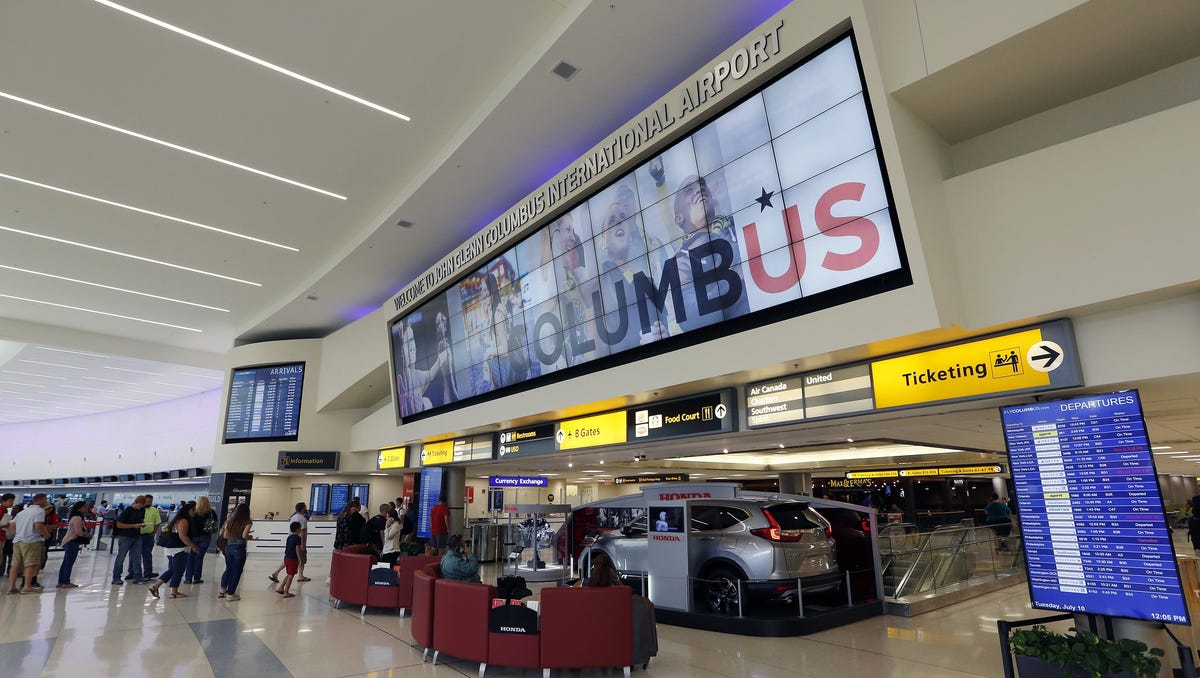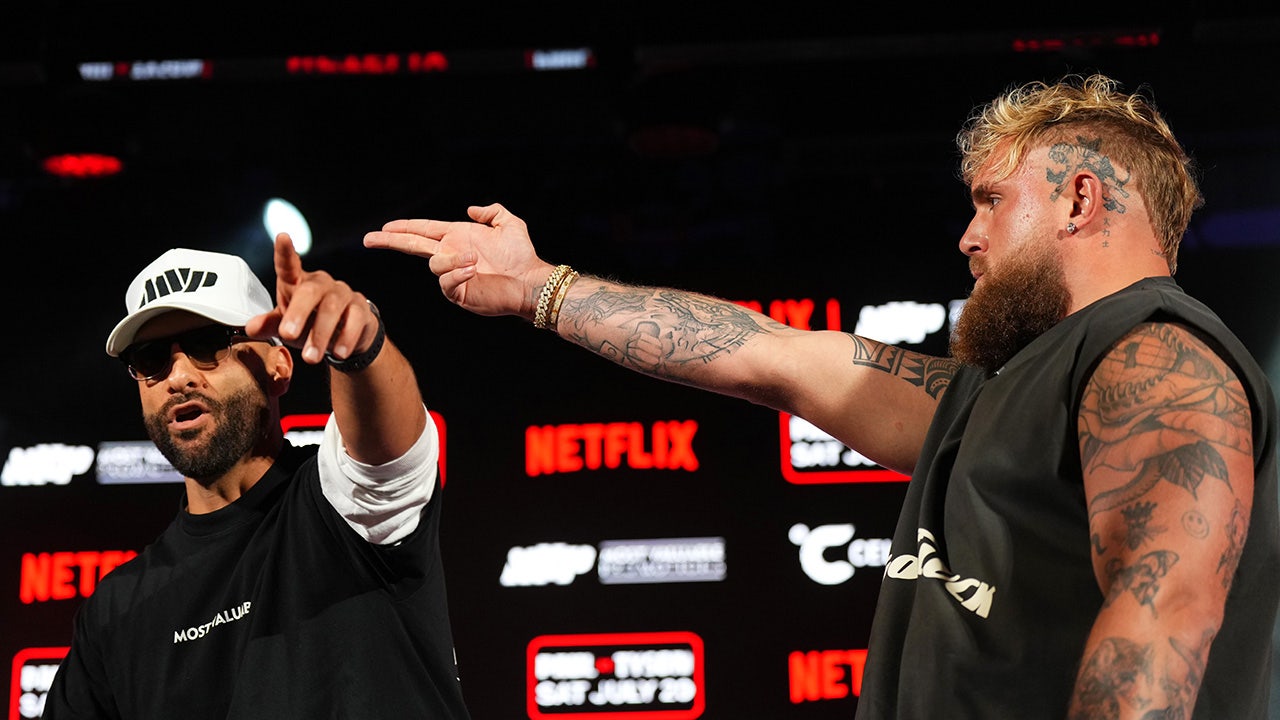Bussiness
The Tour De France Is Mystifying; So Is The Business Of Cycling

Photo by Tim de Waele/Getty Images
The Tour de France, the most elite bike race in the world, kicks off this Saturday. 176 of the best cyclists in the world will race nearly 2,200 miles across 21 stages and climb over 170,000 feet of elevation into the clouds of the highest mountains in the Pyrenees and Alps. The effort involved can be mind-boggling. So can the business side of cycling.
The Regulator and the Promoter
There are numerous actors and entities involved in professional cycling and their complex interrelationships underlie races like the Tour.
The sport of cycling is regulated by the Union Cycliste Internationale (UCI), a non-governmental, non-profit association, based in Switzerland, which is recognized by the International Olympic Committee as the governing body for cycling. The UCI, like all international governing bodies in sports, is governed by a complex hierarchy of committees and executives from around the world.
The UCI is responsible for organizing, regulating, and sanctioning cycling events of various kinds for both men and women of different ages all over the world. The WorldTour is the UCI’s elite professional men’s road cycling tour. Teams and riders participate in races on the WorldTour calendar and earn points and are ranked based on their performance. The Tour de France, as one would expect, is a major contributor to those rankings.
The Tour itself is put on by the Amaury Sport Organisation (ASO), a French sports marketing and event management organization. The ASO’s crown jewel is the Tour de France but it organizes 29 other cycling events, including several important preparatory races for the Tour (such as the Critérium du Dauphiné), the Vuelta a España (another Grand Tour), as well as the Paris Marathon. It also operates the week-long Tour de France Femmes for women in August.
To be clear, the ASO and UCI are separate entities with sometimes divergent interests. The ASO organizes nine of the 35 races on the WorldTour calendar and understandably seeks to maximize interest and revenue associated with its events, most of which take place in France. Of particular note, the ASO controls and sells the broadcast rights to the Tour to networks around the world. While the specifics of those deals are not clear, they certainly bring in tens of millions of dollars a year to the ASO. Perhaps not surprisingly, the ASO and UCI have long-standing disputes over who controls the sport and reaps any related financial benefits.
Aside from the Tour, the remaining WorldTour events are organized by a variety of parties, including the UCI and organizers in the many countries where races take place.
The WorldTour calendar does not include any events in the United States. The Tour of Utah (2004-19), Tour of California (2006-19), and USA Pro Cycling Challenge in Colorado (2011-15) were former races that attracted some of the best riders in the world. Nevertheless, the organizers ultimately found them financially unsustainable.
The Teams
The next group worth mentioning are the teams. To the uninitiated, it might be confusing that cycling has teams, since only a single rider can win a race. However, teams are just as essential to victory in cycling as they are in soccer, football, or any other team sport.
Professional cycling teams consist of approximately 30 riders, eight of whom are chosen to be a part of the Tour de France roster. The composition of that roster will depend on the team’s goals. A handful of teams will have a rider they believe capable of winning the Tour de France’s General Classification (GC), signified by the yellow jersey. So the roster will be constructed toward that goal, including by stocking the roster with elite climbers and other riders (collectively known as domestiques) who can support the leader in a variety of ways.
The best teams protect their elite riders by encircling them and keeping them near the front of the race to minimize the chances of crashes. Elite domestiques will lead their stars up the mountains, breaking the wind and chasing down any attacks from competitors.
Other teams are formed around sprinters who try to win flat stages and win the green (points) jersey. Here too the team is tremendously important. In the closing miles of flat stages, the teams with the best sprinters push to the front, often hitting speeds of 40-50 miles per hour. The team’s riders will “lead-out” the sprinter by giving their maximum effort before dropping off and unleashing the sprinter toward the finish line. The Manx sprinter Mark Cavendish has 34 all time Tour de France stage wins, tied for the most all time, in large part due to the incredible lead-out teams he has had in his career.
If your team has neither a GC rider or a sprinter, it might try to win the King of the Mountains polka dot jersey or to win individual stages via creative and aggressive racing strategies.
There are 18 WorldTour teams and 17 ProTour teams. ProTour teams have smaller budgets, staffs, and schedules than their WorldTour counterparts. Beginning with the 2022 season, every three years the two lowest performing WorldTour teams are relegated to the ProTour and the top two ProTour teams are promoted to the WorldTour.
The idea of a “team” though is often remarkably in flux. Teams are identified by their corporate sponsors, which fund the vast majority of a team’s budget, ranging from about $10 to $40 million. Sponsorship contracts with teams are often only one or two years and renewals are closely tied to team performance. Consequently, on an annual basis, some teams are desperately looking to retain or find new sponsors in order to keep the team going another year or to avoid being relegated. Inevitably, some teams fold or merge with other teams. Team finances have historically been so shaky that the UCI Regulations require each WorldTour team to obtain a guarantee from a bank to fund its operations.
Additionally, the teams conduct some joint efforts through an organization known as the Association Internationale des Groupes Cyclistes Professionnels (AIGCP), discussed further below. Nevertheless, the AIGCP has no role in organizing races and has minimal influence. Moreover, teams operate out of numerous countries and thus often have cultural differences of opinion on various issues (doping being a notable historical example).
The Riders
Finally, we get to the riders. Cyclists are represented by the Cyclistes Professionnels Associés (CPA), a non-profit association, but not a labor union under the law of any country.
The CPA negotiates “Joint Agreements” with the AIGCP setting forth some minimum terms and conditions of employment, including various insurance coverages. Cycling is a physically grueling sport, where the term “suffering” is a point of pride. Unfortunately, most cyclists are not terribly well-paid for their efforts.
The current agreement sets the 2024 minimum salary for a WorldTeam rider at € 68,957 (about $74,300) for veterans and € 55,793 ($60,100) for rookies. ProTeam veterans and rookies are entitled to a minimum of € 55,279 ($59,600) and € 46,234 ($49,800), respectively.
Of course, the stars of the sport make considerably more. Two-time Tour de France winner Tadej Pogačar earns a reported € 6 million ($6.47 million) from his team, UAE Team Emirates.
Yet, like the AIGCP, the CPA has little control over the sport, with minimal leverage to negotiate with the ASO or UCI. Indeed, the height of rider authority has been the occasional instance in which the riders “neutralize” a race stage due to unsafe conditions, meaning that they collectively agree to ride to the finish line at a moderate pace without contest.
Pogačar is favored to win this year’s Tour, with steep competition expected from fellow Slovenian Primoz Roglic of Bora-Hansgrohe and Denmark’s Jonas Vingegaard (also a two-time Tour winner) of Visma-Lease a Bike if he is able to overcome recent injuries. Otherwise, some of those involved in the Tour will win more than others.









